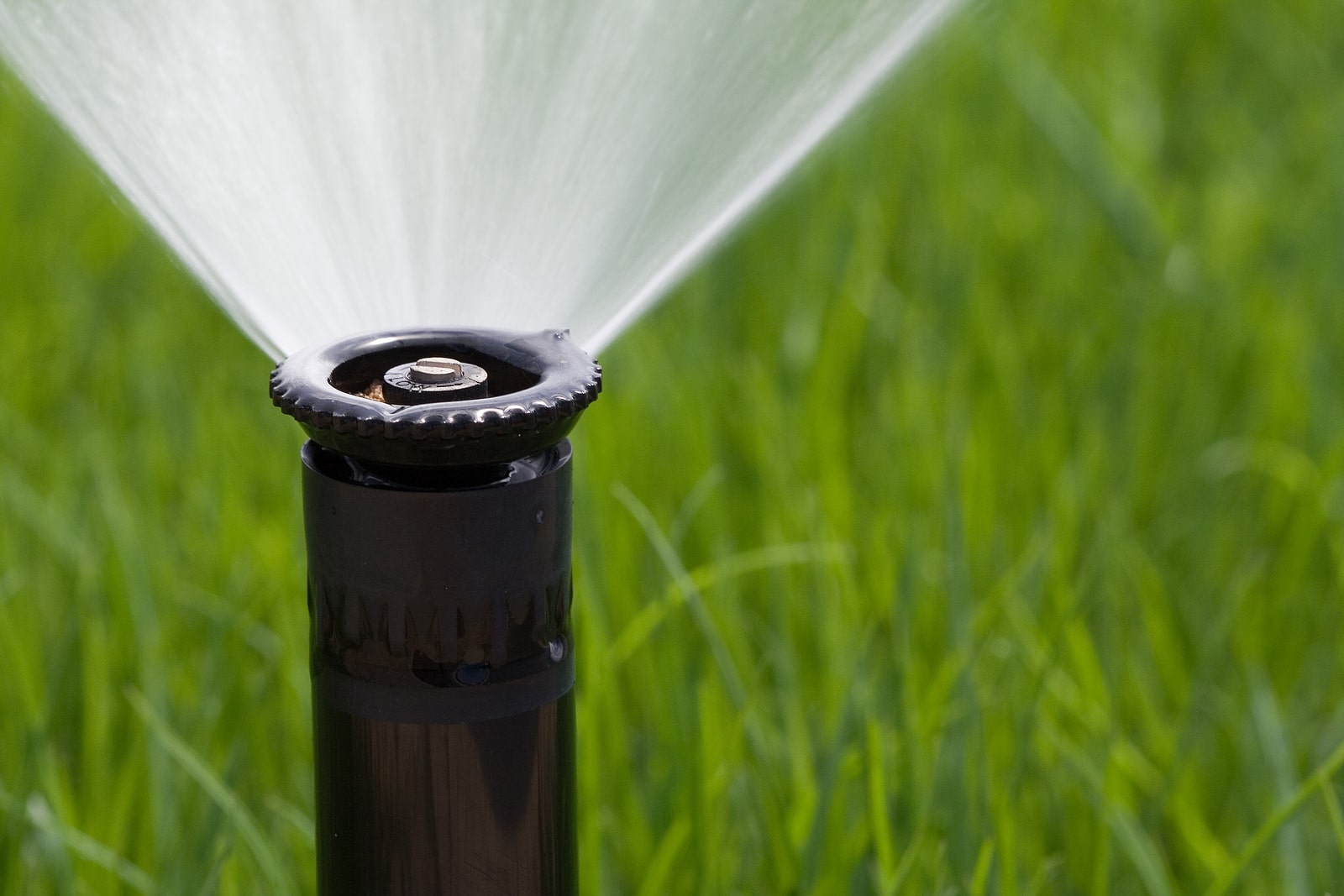Fire safety is a critical concern for building managers. Important factors of fire safety are sprinkler systems and firefighting preparedness programs. While sprinkler systems prevent fires from spreading, well-prepared emergency teams handle emergencies effectively.
How Do Automatic Fire Suppression Systems Work?
Fire suppression setups are designed to respond quickly by delivering water when heat activates them. Each spray outlet functions on its own, ensuring precise fire suppression.

Main elements of sprinkler setups include:
- Fire response heads: Spray water to manage fire zones.
- Piping network: Delivers water efficiently.
- System monitors: Ensure proper activation.
- Connected water supply: Maintains readiness in emergencies.
Quais são os tipos de chuveiro automático?
The Importance of Emergency Preparedness Programs
Emergency response drills readies groups to respond effectively to fires. Fire response drills focus on life-saving techniques, maximizing safety during fire incidents.

Primary components of fire brigade training include:
- Awareness building: Identifying safety concerns.
- Safe evacuation techniques: Planning efficient escape routes.
- Firefighting techniques: Practicing hose use.
- Communication in emergencies: Improving team performance.
curso de brigada de incêndio
The Synergy Between Fire Suppression and Emergency Training
Using automatic fire suppression with emergency response preparation provides unmatched safety. Sprinklers suppress flames quickly, while trained fire brigades ensure proper evacuation.

Uniting tools and expertise ensures maximum protection for residential areas, workspaces, and large-scale operations alike.
Why Fire Safety Technology and Emergency Preparedness Are Essential
Investing in sprinkler systems and providing fire brigade training ensures a safer future. Together, these approaches mitigate fire risks.
Take action for a safer tomorrow by consulting fire suppression experts and organizing emergency response drills. Preparedness is the key to protection!